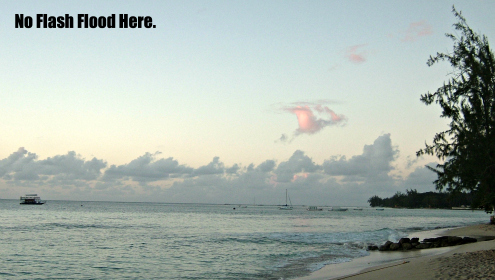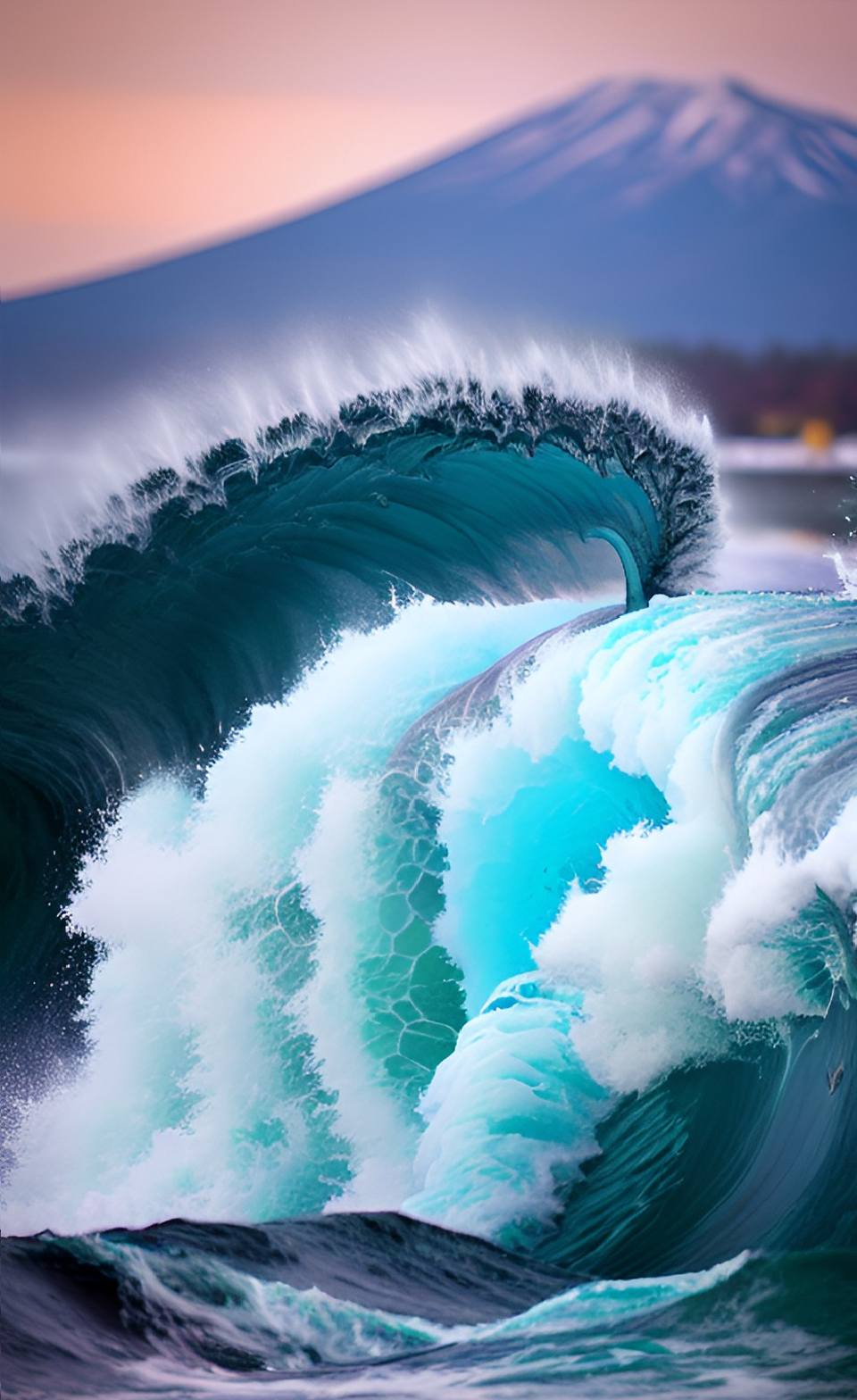- Air Homepage
- Weather Equipment
- Solutions to Indoor Air Pollution
- Meteorology Flash Flood
Meteorology Flash Flood: Predictions and Sudden Rainstorms
Search for more about weather.
Meteorology flash flood warnings are an important part of forecasting. Your home and possessions are protected by flood insurance if you researched different policies to find the one that's right for you. However...
There's still a danger of injury and property damage from flash floods, so you might want a timely weather forecast. Check out the thunderstorm cumulonimbus clouds page for a bit more about dangerous storms.
Flash floods: what are they? Flooding in low-lying areas. It's usually caused by earthquakes or sudden heavy rains.
Meteorology flash flood conditions are determined by how floods are likely to occur. This is important because of the effects it can have, like jams blocking rivers or heavy structures collapsing.
A Flash Flood's Hidden Dangers
Flash floods like this happen when the soil is saturated with water and can't absorb any more. There's a problem when there's still more water to absorb after saturation.
As a result, the water stays on the earth's surface and causes problems.
What's going on? When an intense storm forms, upper winds cause the clouds to stall over one area. Heavy rains last longer than the land can handle, and the excess runs off.
Most flash floods happen near where the rain falls, but they can happen miles downstream. Flooding weather makes floods seem less serious than they are. Flood victims are advised to stay away from these floods and not attempt to cross them.
Which meteorological conditions cause rain to fall so fast it floods suddenly? Floods can happen when heavy rains happen over a short period of time, causing a rapid runoff of water that overwhelms natural or man-made drainage systems.
This type of intense rainfall can be caused by several meteorological conditions, like:
- Lightning: Lightning can produce intense, localized rainfall that can cause flash flooding. Lightning produces heat in the air, which makes it rise quickly carrying its moisture with it. It cools and condenses as it rises, causing rain droplets to fall very quickly in a localized area, causing flash flooding.
- Furthermore, thunderstorms have cells of extremely intense precipitation, including hail, independent of lightning, which can cause flooding locally. Updrafts and downdrafts of air make up thunderstorms. Intense precipitation happens when updrafts are so powerful they can lift large amounts of moisture off the ground. When this moisture gets too heavy, it falls to the ground as hail or torrential rain.
- Flash floods can occur when a slow-moving or stationary weather system causes prolonged rainfall over an area. Flooding can result from rapid water accumulation in low-lying areas. Because flash floods can happen without warning, they're particularly dangerous.
- Some areas can get flooded by tropical storms and hurricanes. Heavy rainfall, storm surge, or both can cause flooding. Property, infrastructure, and the environment can be damaged by flooding. People can also lose their lives and be displaced. Due to the strong winds pushing on the water, these storms can cause storm surges, which are rises in sea level. If the storm is strong enough, it can cause flooding along the coast and even inland.
- When moist air is forced upward over hills or mountains, it can cool and condense into clouds, causing heavy rain. The clouds dissipate as the air descends on the other side of the mountain. Many parts of the world get heavier rain on one side of the mountain than the other because of this process. It's called orographic lifting. The wind can cause precipitation on the windward side if the air is forced up and over the mountains. The "rain shadow" effect (a dry area on the downwind side of the hill) is often caused by this.
Flash floods can also be caused by human activities that change the natural drainage patterns of an area, like urbanization or deforestation.
Meteorology flash flood - Surprise!
The dangers of flash floods are numerous and significant since they happen suddenly and unexpectedly. Flash floods and eddy current turbulence kill more people than tornadoes, hurricanes, or other storms.
This is one of the biggest dangers for drivers. A person on the road might cross deeper, faster water while trying to get out of a flash flood, which the driver may not detect in advance. He might go too far without realizing the road turns into a river and find out the hard way that cars do not float very well.
Forecasting flash floods helps the public avoid disasters flash floods might cause. People, their homes, and other belongings are affected by disasters.
If the infrastructure these people rely on is compromised, things get worse. If that happens, it can cause ripple effects. Lack of drainage and support infrastructure can make flash floods occur more easily, for example.
News flash: flash flood. Last thing. There's nothing meteorological about a tsunami. A tsunami isn't caused by meteorology, but by a shift in the Earth's crust, like an earthquake or landslide that causes big waves.
Go back from Meteorology Flash Flood to the Site Map web page, or visit the Stuff in the Air homepage.
Search this site for more information now.
Are You Getting Wet From the Meteorology Flash Flood?
Learn where meteorology flash floods and sudden torrents of rainwater originate. In most cases, it predicts severe rains and thunderstorms.
Do you have concerns about air pollution in your area??
Perhaps modelling air pollution will provide the answers to your question.
That is what I do on a full-time basis. Find out if it is necessary for your project.
Have your Say...
on the StuffintheAir facebook page
Other topics listed in these guides:
The Stuff-in-the-Air Site Map
And,
Thank you to my research and writing assistants, ChatGPT and WordTune, as well as Wombo and others for the images.
OpenAI's large-scale language generation model (and others provided by Google and Meta), helped generate this text. As soon as draft language is generated, the author reviews, edits, and revises it to their own liking and is responsible for the content.





New! Comments
Do you like what you see here? Please let us know in the box below.